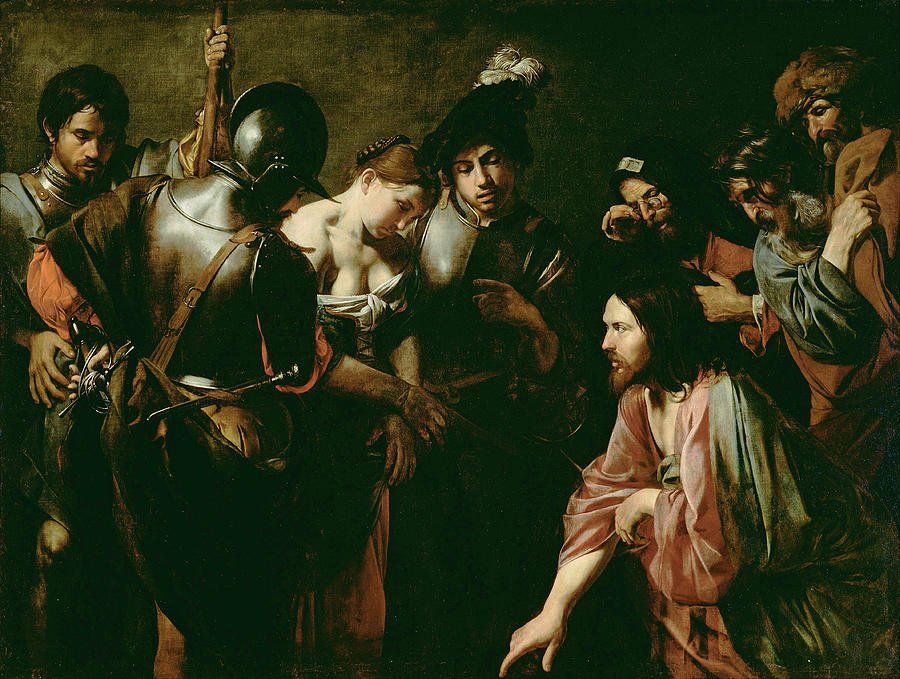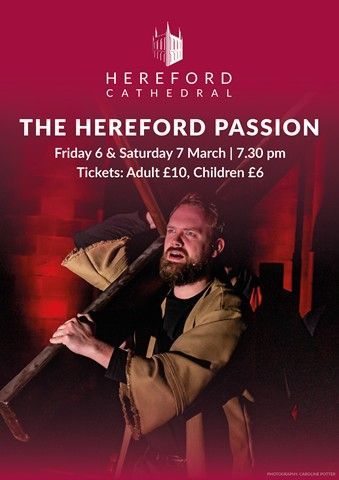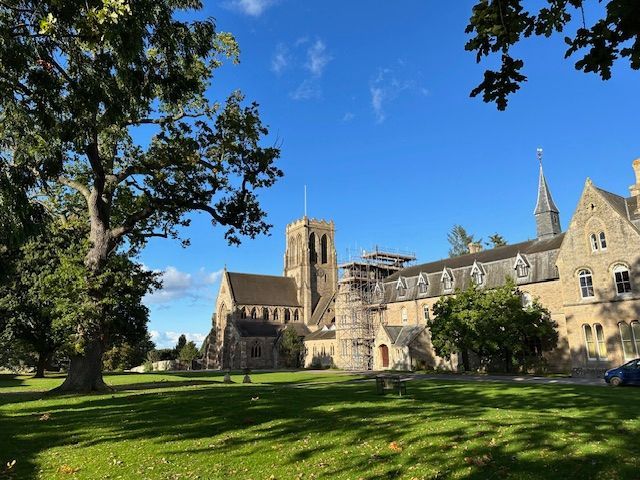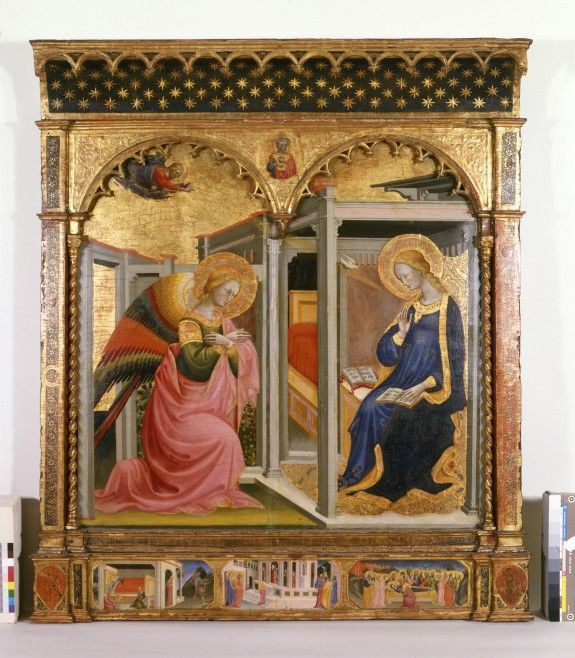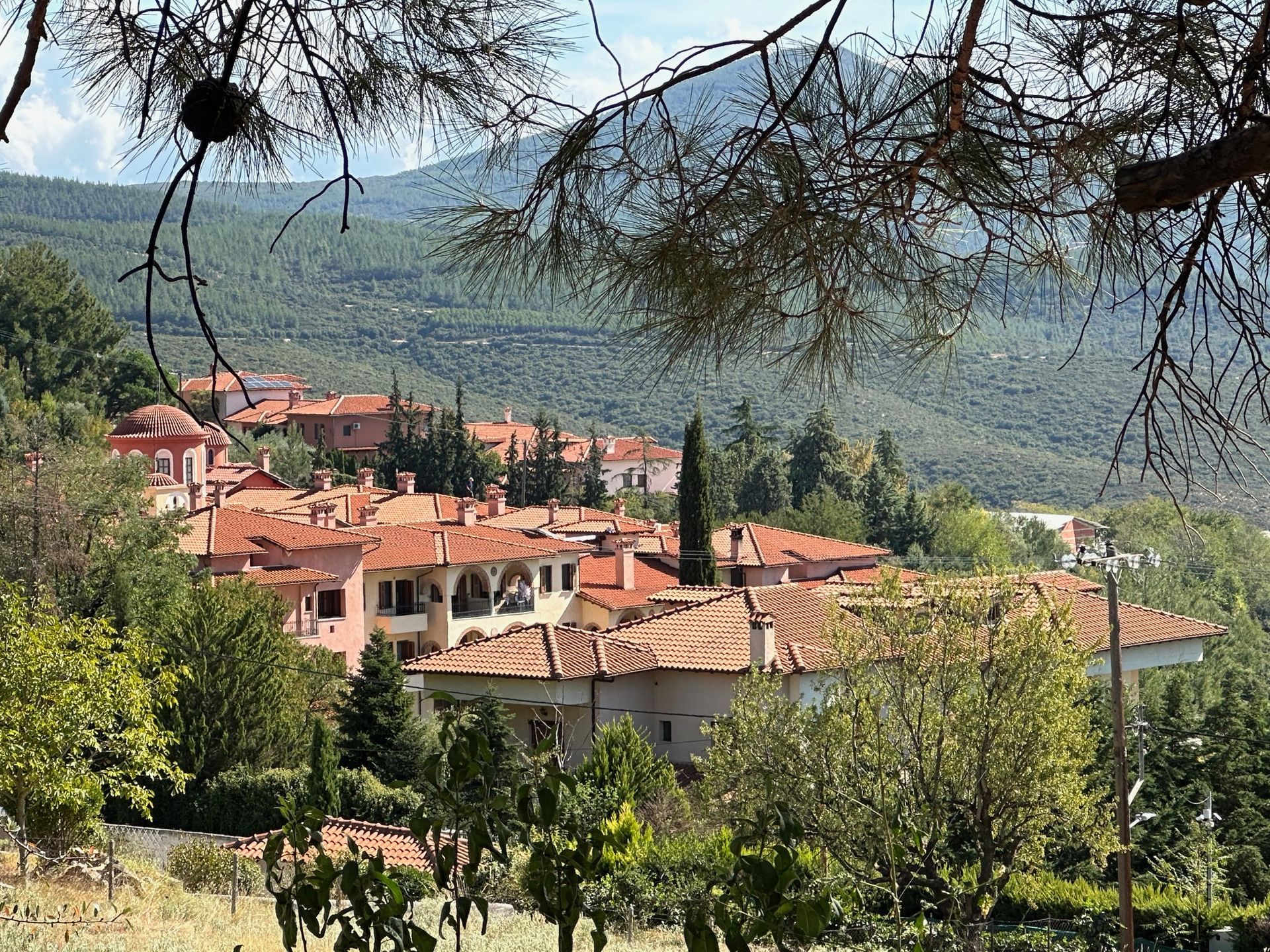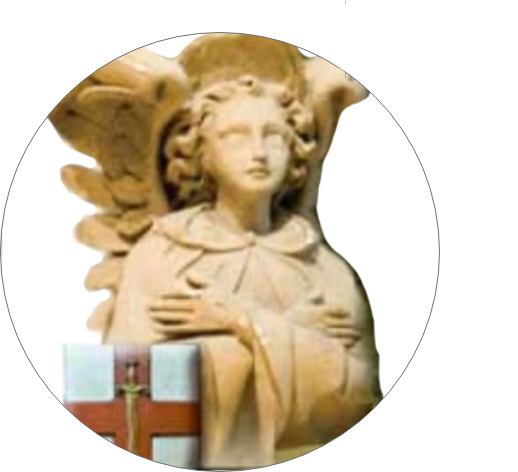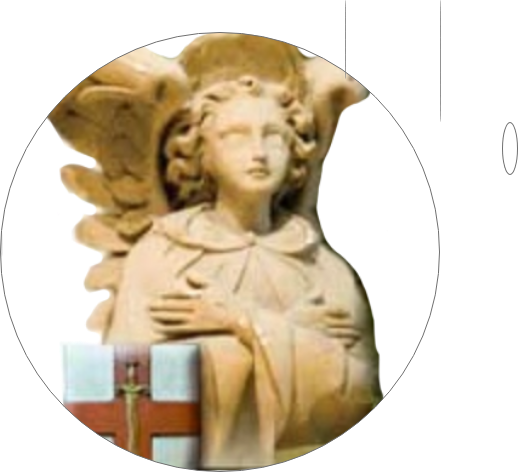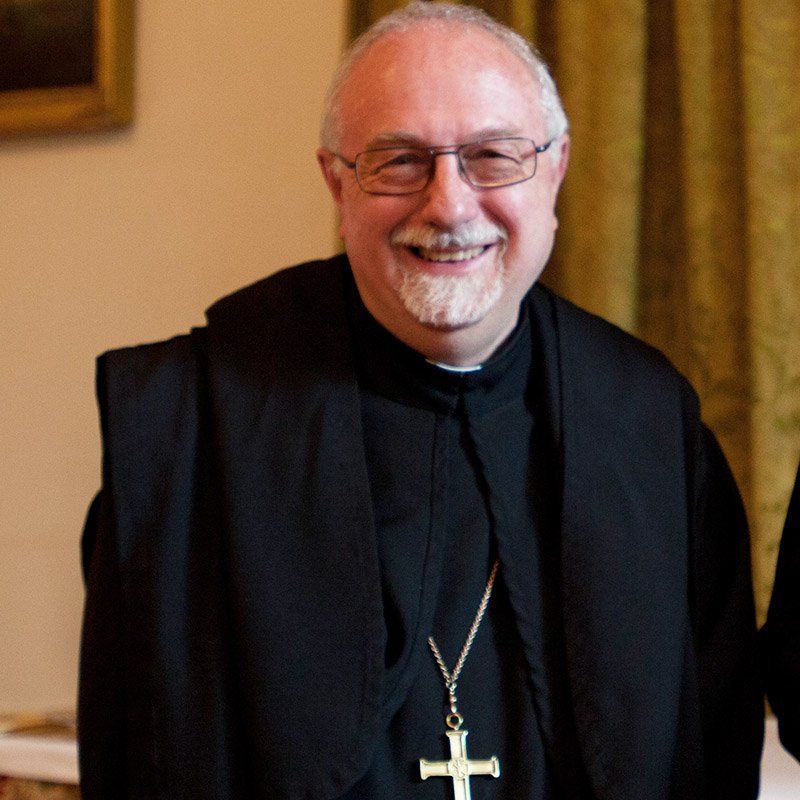Message from Fr Paul for Sunday 3rd April
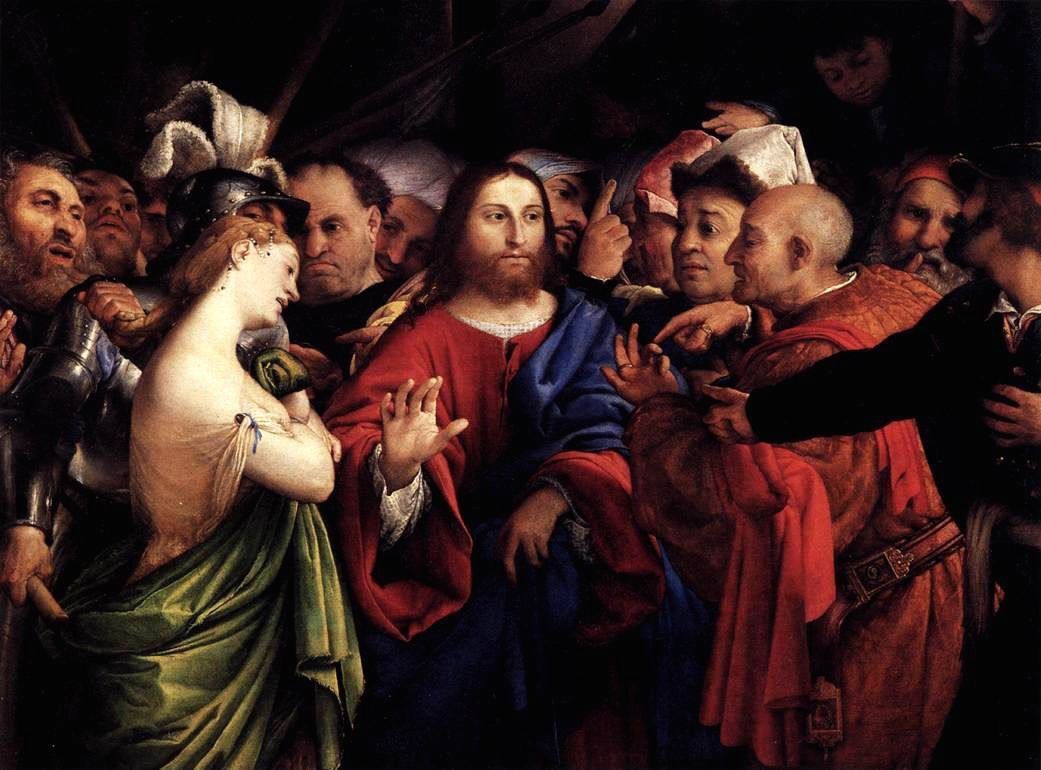
One of the great themes of Lent is repentance and forgiveness. It is also fundamental to the Gospel and to the Scriptures as a whole. Now it’s possible to be aware of our sins without truly repenting or to repent without seeking forgiveness, whether from our fellow men and women or from God. Lent offers us the opportunity to think seriously about this and put things right in our lives. As Holy Week and Easter approach, we should be thinking about making our confession. Most parishes organise Penance Services and provide a number of priests for the Sacrament. Here at Belmont, we will have our first Penance Service this coming Tuesday morning at 10.45, after the mid-morning Mass, then. another on the Monday of Holy Week at 7pm. Obviously, it’s possible to go to confession at anytime. One of us is always happy to pop down into church to hear a confession. That’s the advantage of Belmont still having a monastic community.
Our Gospel today comes from John, (Jn 8: 1-11), the account of a woman caught in adultery. We know nothing more about her, so in a way she represents us all, for all sin is a form of adultery, turning our backs on the one true God and chasing after false gods. Jesus has spent the night at the Mount of Olives, a favourite place with him for silence, solitude and prayer. “At daybreak he appeared in the Temple again; and as all the people came to him, he sat down and began to teach them.” It’s while he’s teaching that a group of scribes and Pharisees appear, hoping to trip him up in his interpretation of the Law. This is what happens. “The scribes and Pharisees brought a woman along who had been caught committing adultery; and making her stand there in full view of everybody, they said to Jesus, ‘Master, this woman was caught in the very act of committing adultery, and Moses has ordered us in the Law to condemn women like this to death by stoning. What have you to say?’ They asked him this as a test, looking for something to use against him. But Jesus bent down and started writing on the ground with his finger. As they persisted with their question, he looked up and said, ‘If there is one of you who has not sinned, let him be the first to throw a stone at her.’ Then he bent down and wrote on the ground again. When they heard this they went away one by one, beginning with the eldest, until Jesus was left alone with the woman, who remained standing there. He looked up and said, ‘Woman, where are they? Has no one condemned you?’ ‘No one, sir’ she replied. ‘Neither do I condemn you,’ said Jesus ‘go away, and do not sin anymore.’”
The episode is beautifully told, it’s a perfect pericope. We note how the scribes and Pharisees delight in shaming the poor woman. Who knows if she had been forced or threatened into adultery and whether her husband was himself an adulterer? We know nothing of the circumstances, other that she was caught in the very act. The sentence is death by stoning. There is no need for a trial. Sadly, that sounds familiar enough even today in certain countries, where women appear to have no rights, their lives in the power of men. We are told that they are only asking Jesus to test him, not because they’re particularly interested in what he has to say, even less in the fate of the poor woman. Jesus ignores them, bending to the ground and writing in the dirt. As they continue to pester him, he looks up and pronounces the immortal words, “If there is one of you who has not sinned, let him be the first to throw a stone at her.” He says nothing more, but continues writing in the dust. Not one of them is without sin and they probably know each other’s sins. From the oldest to the youngest, they go away and leave the woman standing there alone, as Jesus continues writing on the ground. When Jesus looks up, he only sees the adulteress standing there. He addresses her as ‘Woman’ just as he addressed Mary, his mother, at the Wedding Feast of Cana and as he hung on the Cross, not forgetting Mary Magdalene in the garden of the Resurrection. This ‘Woman’ represents all sinners. Jesus does not condemn sinners. He forgives them, he forgives us. He asks of us one thing only: “sin no more.” Lord, we are weak, we are frail, we fall easily into temptation. Forgive us our sins and help us, by your grace, to sin no more. Amen.
